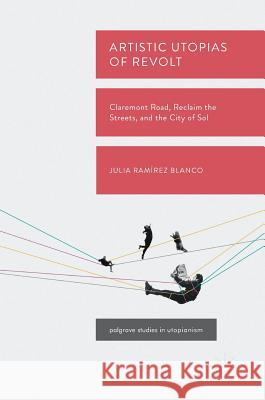Artistic Utopias of Revolt: Claremont Road, Reclaim the Streets, and the City of Sol » książka
topmenu
Artistic Utopias of Revolt: Claremont Road, Reclaim the Streets, and the City of Sol
ISBN-13: 9783319714219 / Angielski / Twarda / 2018 / 187 str.
Artistic Utopias of Revolt: Claremont Road, Reclaim the Streets, and the City of Sol
ISBN-13: 9783319714219 / Angielski / Twarda / 2018 / 187 str.
cena 194,52 zł
(netto: 185,26 VAT: 5%)
Najniższa cena z 30 dni: 192,74 zł
(netto: 185,26 VAT: 5%)
Najniższa cena z 30 dni: 192,74 zł
Termin realizacji zamówienia:
ok. 20 dni roboczych.
ok. 20 dni roboczych.
Darmowa dostawa!
Kategorie BISAC:
Wydawca:
Palgrave MacMillan
Seria wydawnicza:
Język:
Angielski
ISBN-13:
9783319714219
Rok wydania:
2018
Wydanie:
2018
Numer serii:
000816644
Ilość stron:
187
Waga:
0.48 kg
Wymiary:
21.01 x 14.81 x 1.75
Oprawa:
Twarda
Wolumenów:
01
Dodatkowe informacje:
Glosariusz/słownik
Wydanie ilustrowane
Wydanie ilustrowane











